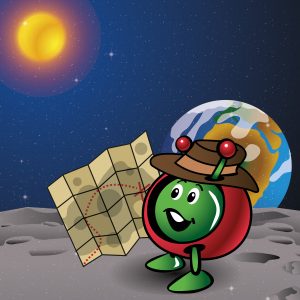
Mission on the Moon – Program a classmate to complete a mission on the Moon
Brief description: This activity will introduce students to logical thinking by planning, testing and executing a simple mission on the Moon. Students will work in
The ISS is a laboratory, where we can conduct scientific research and technology development. The scientific research broadens our understanding of our world, providing deeper insights into physics, chemistry, biology and more. It expands our knowledge, which in turns helps us all on Earth. The ISS is also an extreme environment for humans. Learning how to live and work in such an environment forces us to develop technology, like water recycling systems, that are also beneficial to us on Earth.”
Exploring space is about travelling farther and coming back with new experiences and knowledge to help us on Earth. Humankind will benefit from the new discoveries, ambitions, science, inspiration, and challenges.
Follow Andreas’ log entries to know more about his sleeping and eating routines, learn about the importance of resources like water on the International Space Station, and watch Earth from the most amazing window in the universe, the ISS cupola.
Use the #ISSCommandersLog to share your experiences with us.
Share your earthly experiences with us! #ISSCommandersLog
“Seeing the Earth from space is a very special experience. It’s a beautiful sight and the contrast between our blue and white planet and the deep black space that surrounds us highlights just how unique the Earth is. There is nothing like the Earth anywhere near us. You realize that Earth is not only our home; it’s our only home. You also realize that the Earth is a single planet that we all share. You cannot see borders between countries. In most cases, borders are manmade and there is no obvious reason for where they are located. We are all humans, living side by side, and sharing our planet.”
“Today I had granola with milk and blueberries, orange juice, and coffee for breakfast. A little later, I also had a cinnamon roll and some more coffee as a mid-morning snack, since it’s Sunday and there is more time to relax. For lunch, I had chicken pineapple salad, mango salad, and one tortilla with peanut butter and one with Nutella. Normal bread creates too many crumbs in space, so we use tortillas instead of bread, since it doesn’t crumble. Tonight, I think I will have lasagna for dinner.
Food plays an important role in space. First, it has to be nutritious and supply us with all the vitamins and minerals that our bodies need to stay healthy. In addition, it needs to taste good. Eating with your crewmates is a great bonding activity that can increase team cohesion and create enjoyable moments while we are away from family and friends for long periods of time.”
“Just like on Earth, sustainability is an important goal in space. In order to be less dependent on supplies from Earth, we try to reuse as many resources as possible, in particular, water. We collect all our urine, sweat, and other moisture from the air and clean it and turn it back into drinking water. We can also electrolyze the water to produce oxygen for breathing. Perhaps in the future we can even use plants to produce oxygen from the carbon dioxide that we exhale, just like on Earth.
The International Space Station is a great way to develop and test new technology before we use it on missions to the Moon and Mars. The space station provides all the laboratory equipment we need in weightlessness, and is close enough to Earth that we can still rely on supplies from Earth, when the technology is not quite ready for use yet.”
Astronauts on the Space Station do a full circle of Earth every 90 minutes and experience 16 sunsets and sunrises every day. With this unearthly routine, astronauts can struggle to find a natural daily rhythm in space.
The Space Station follows Greenwich Mean Time (GMT), which helps keep a consistent schedule, along with regular wake-up and bedtime routines.
Many astronauts have difficulty adjusting to sleeping in space. Instead of lying down, astronauts float in a sleeping bag strapped to the wall of their sleeping quarters.
Moving around in weightlessness through the International Space Station is absolutely effortless. It is therefore extremely important for astronauts to exercise everyday in order to maintain their fitness, muscle mass and bone density. On the ISS, there is a variety of interesting exercising machine available for the astronauts to stay fit for spaceflight.
“We know that the human body experiences changes when it stays in microgravity for a longer period of time, for example I have to exercise to not lose my muscles.”
ESA astronaut Andreas Mogensen became the first Danish citizen in space on 2 September 2015 when he was launched on the 10-day ‘iriss’ mission to the International Space Station. While on the Space Station, Andreas worked as a flight engineer, performing experiments in a variety of areas. He also served as a flight engineer on Soyuz TMA-18M during launch and on Soyuz TMA-16M during his return flight.
On the 26 August 2023, Andreas launched on his second mission called Huginn. Named after one of Odin’s ravens from Norse mythology, the Huginn mission had Andreas become the first non-US pilot on SpaceX’s Crew Dragon, sitting next to Crew Dragon commander and NASA astronaut Jasmin Moghbeli. The Dane along with the rest of Crew-7 arrived to the Space Station on 27 August.
Andreas became the commander of the International Space Station, the sixth European to take the role, on 26 September 2023. As the commander of the Space Station, Andreas was responsible for ensuring the safety, good health and well-being of the Space Station’s crew while directing them as one team. He also worked with the flight director on ground to oversee all the activities and operations on the Space Station.
Born in Copenhagen, Denmark on 2 November 1976, Andreas enjoys rugby, basketball, and squash. He is also active in several adventure sports, including scuba diving, skydiving, kite surfing, kayaking and mountaineering. Other interests include science, in particular astrophysics, exobiology, and evolution.
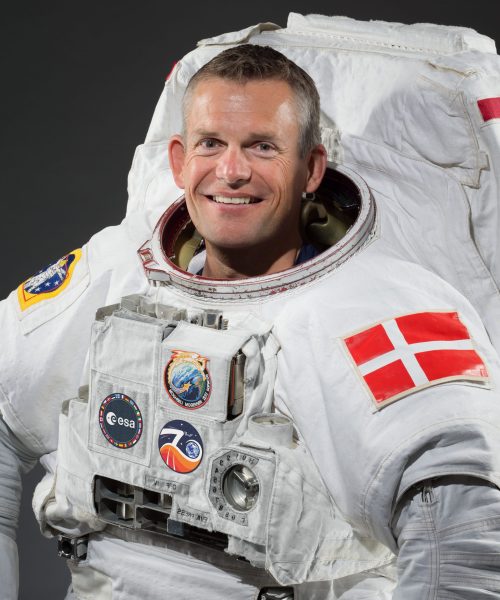
Most of the time their tasks are performed inside the ISS, but when they venture outside, for example to maintain the solar panels, they must wear special spacesuits for protection.
Astronauts must stick to strict routines whilst living in space, to make sure they stay safe, healthy, and happy. Astronauts do daily exercise and eat nutritious foods to keep fit and healthy in space. In their free time, astronauts do a lot of things similar to what we do on Earth, like relaxing, cleaning and talking to friends and family.
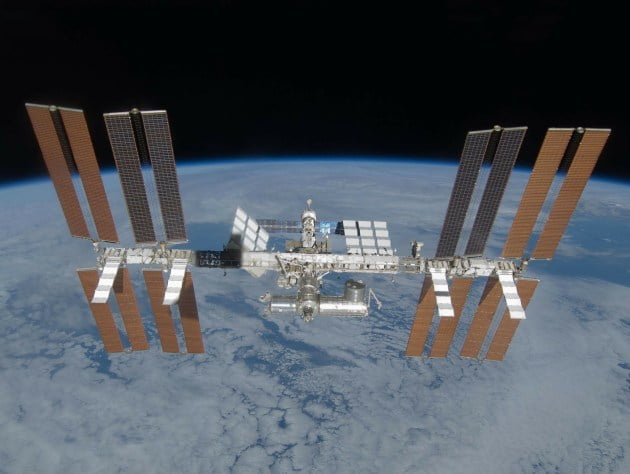

Brief description: This activity will introduce students to logical thinking by planning, testing and executing a simple mission on the Moon. Students will work in
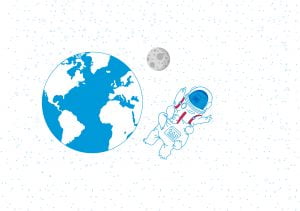
Brief description: In this activity, students will consider whether life found in extreme environments on Earth could survive elsewhere in the Solar System. Students will
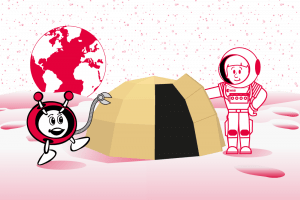
Brief description: In this set of activities, pupils will analyse the importance of having shelter for protection on Earth and in space. Pupils will compare